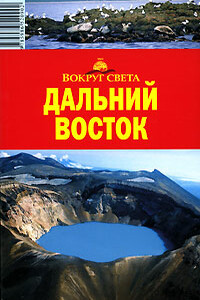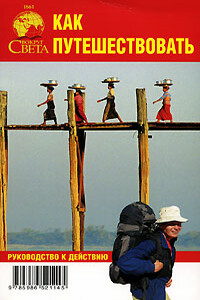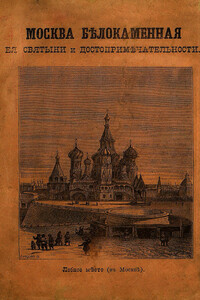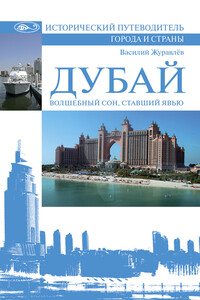Русский изразец | страница 8
headed hydrae, etc. The artistic manner was symbolic. By using wooden moulds the imprint could be repeated several times. Red tiles have been found only in archaeological excavations and in house construction. This explains why no unbroken tiles have come down to us.
The next stage in tile development was the use of glaze. Green glazed tiles first appeared in Pskov in the late fifteenth century. In Moscow coloured glaze has been known since the middle of the sixteenth century. From the middle of the seventeenth century green "murava" glazing became fairly popular but only for a short time. At first their ornamental themes repeated those of red tiles, but gradually the number of subjects increased, simple frames were replaced by ornamented ones, images of birds, flowers and vases filled the centre. The tiles became larger.
The zenith of the development of Russian tiles came with the appearance of coloured enamels in the second half of the seventeenth century. In 1654 Patriarch Nikon, an erudite and educated person, founded a tile workshop in the Valdai Svyatozersky Monastery. Its foreign craftsmen, fugitives "from Polish soil" Stepan Ivanov - son of Polubes, Samoshka Grigoriev and Ignat Maksimov introduced forms and themes characteristic of West European art. This ushered in a new era in Russian tile-making. The workshop began to make tiles using "fryazhsky" (foreign) patterns. Tiles were coated with enamels or green glaze. Four years later the best craftsmen were sent to the town of Istra to decorate the newly-built New Jerusalem Monastery. Pyotr Ivanovitch Zaborsky, "a skilled craftsman of gold, silver, copper and 'tseninna' (tile enamelling), and other intricate arts" was invited from Lithuania. The workshop now specialized in making whole architectural details, such as parts of cornices, columns, portals, iconostases, platbands. This was one of the principal achievements of the Istra craftsmen. In 1666, when Nikon was condemned and exiled, the craftsmen from Istra were transferred to the Kremlin Armoury. From that time Moscow became the centre of tile production. Craftsmen of the Potters' Quarter started making tiles of the "fryazhsky" type, gradually introducing their traditional patterns of alconosts (or "sirens"), eagles, lions, etc. Soon the tiles made by the Kremlin Armoury craftsmen and those of local potters became almost indistinguishable. At the same time tile production began to develop in outlying towns such as Yaroslavl, Vologda, Kostroma, districts in the North and other places, each with its own characteristic style.



